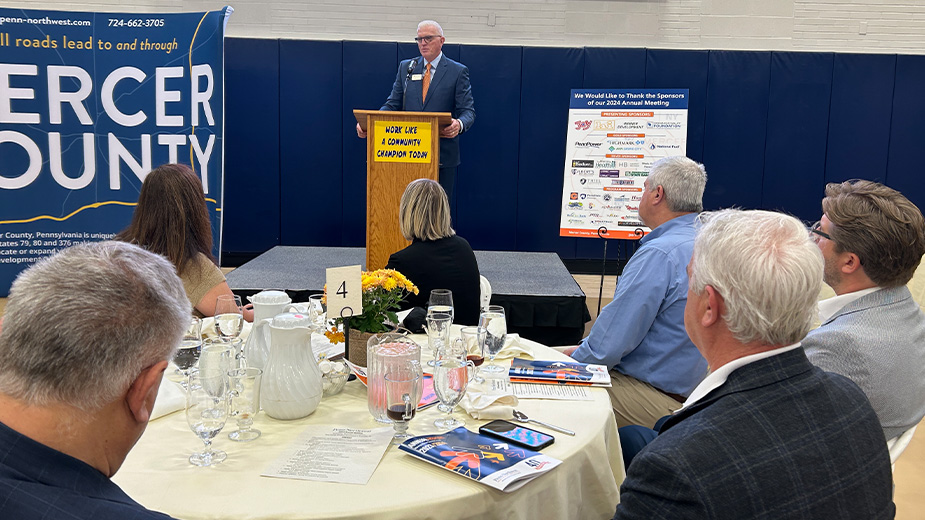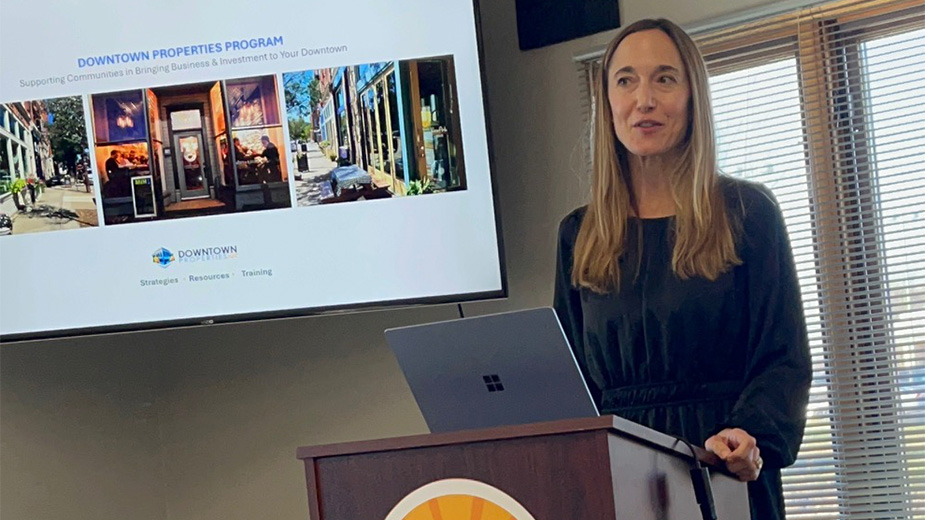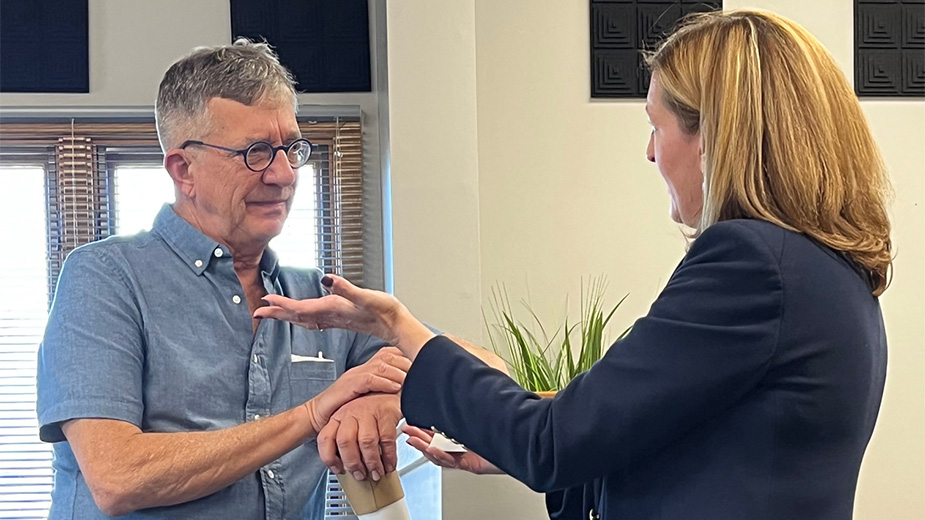Energy Infrastructure Is Vital but How to Pay for it?
WARREN, Ohio – The need to build and improve the nation’s energy infrastructure is a nonpartisan issue with widespread support but exactly how those investments should be funded is a political question still to be resolved.
That was the consensus Tuesday during a panel discussion, Fueling America’s Future: Accelerating Energy and Transportation Infrastructure, hosted by the Youngstown Warren Regional Chamber. U.S. Reps. Tim Ryan, D-13 Ohio, and Bill Johnson, R-6 Ohio, were among the panelists for the event, held at the Avalon Inn and Resort.
The United States remains the world’s largest manufacturing economy, and Ohio is among the top four states for manufacturing, began Ryan Augsburger, managing director of public policy services for the Ohio Manufacturers Association. The association, with the National Association of Manufacturers and the Ohio Oil and Gas Association, co-sponsored the event.
“We know based on what we hear from our members that there is tremendous support for transportation and energy infrastructure,” Augsburger said.
That supports comes from all over the state, crosses party lines and “transcends just about every demographic group you can imagine,” he continued. According to a survey the manufacturers association released last week, 81% of Ohio Democrats and 91% of Ohio Republicans back investing in the nation’s infrastructure. In addition, it found that 85% of Ohioans support domestic energy development and 88% support increasing energy infrastructure in the United States.
The association estimates that national demand for natural gas will increase 40% over the next decade, but getting that energy from where it’s produced and developed to those end users is going to require existing infrastructure to be upgraded and expanded and new infrastructure to be built. That means not just pipelines and other energy infrastructure but improvements in transportation infrastructure over land and water – highways, bridges, railways, waterways, ports and airports.
One of the two challenges – the other being regulatory — MarkWest faces is offtake, said David Ledonne, vice president of operations, Utica and Appalachia. Four years ago, when he started with MarkWest in Ohio, the company had 20 employees processing about 40 million cubic feet of gas per day. That has grown to about 1.5 billion cubic feet of gas per day and over 350 employees.
MarkWest, which is now part of Marathon, has been in the Marcellus shale play for eight years and entered the Utica play four years ago. Since then, the company has invested $3 billion in assets in Noble and Harris counties, including cryogenic plants, processing and gathering facilities and several hundred miles of pipeline, Ledonne reported.
Rocco DiGennaro Jr., president of the Western Reserve Building & Construction Trades Council and one of the other panelists, called for a permanent fix for highway transportation funding.
“Previously the gas tax was talked about as a source of funding but we need a permanent fix,” he said. “That would create a great deal of work for all of the crafts in the Western Reserve Building Trades.”
The two congressmen who represent the Mahoning Valley discussed potential ways to pay for infrastructure improvements.
There is an opportunity to “to sit down in a bipartisan way” and figure out how to use shale to move the country forward “because it can help us resuscitate manufacturing,” Ryan said.
“It also means we have to pay for it,” which has been “the big holdup,” he said. That could mean a gas tax or a per-barrel oil tax.
The nation’s bridges, highways and waterways are suffering because the current gas tax isn’t covering the bills, Johnson said.
“A gas tax may be part of the solution. I don’t think anything is off the table but there are some other creative business models we can look at,” such as public-private partnerships and tax reform, Johnson said. If tax policy could be changed to lower the rate on the $2 trillion now overseas to avoid the 35% rate, a certain amount of the savings could be funneled to support the highway trust fund once repatriated.
Johnson also said income realized from tapping into natural resources such as those in the outer continental shelf could be funneled to support infrastructure spending.
When he took office in 2011, Johnson said unemployment in some parts of his district was reported at 15% or more, and the actual rate was higher, he contended. Since development of the shale plays, unemployment has declined more than 66% in some areas.
“You hear often coming out of Columbus how the governor turned an $8 billion budget deficit into a $2 billion surplus. I think a reasonable argument can be made that is largely due to what has happened in the oil and gas industry in eastern and southeastern Ohio,” he remarked.
Johnson noted his district has seen some $8 billion in energy infrastructure spending, and there are four natural gas fired power plants and multiple compressor stations throughout the district.
Petroleum engineers say the region can support potentially five ethane cracker plants such as the one now being studied in Belmont County, he reported. “These are huge projects,” valued at $5 billion and creating 10,000 construction jobs and upwards of 1,000 permanent jobs once completed, he said. “Imagine five of those here in our region. We’ve just begun to scratch the surface,” he said.
As the nation diversifies in the energy field, it also needs to look into the renewables, which also creates opportunities in manufacturing and infrastructure investment. “It’s not an either-or,” Ryan said.
The 13th district representative also called for federal policy to steer development related to energy investments to areas that have been hardest hit over the past 30 years by globalization and automation, including the Mahoning Valley and areas in the south. “We need to have a national policy that drives investment into those hardest-hit communities,” he said.
Johnson noted that he and Ryan have “very close working relationship,” and founded and co-chair the caucus focusing on liquid natural gas “to begin to put America on the radar to export” LNG.
“We look for opportunities to say ‘yes’ to one another and how we can work together,” he said.
Pictured: MarkWest’s gas processing complex in Cadiz, Ohio.
Copyright 2024 The Business Journal, Youngstown, Ohio.


